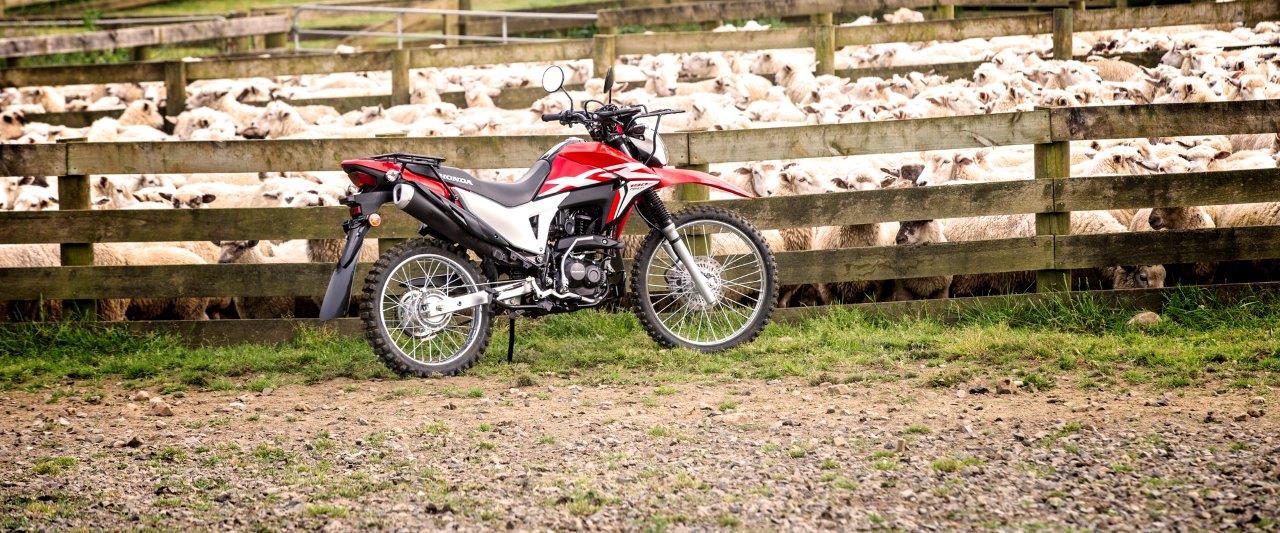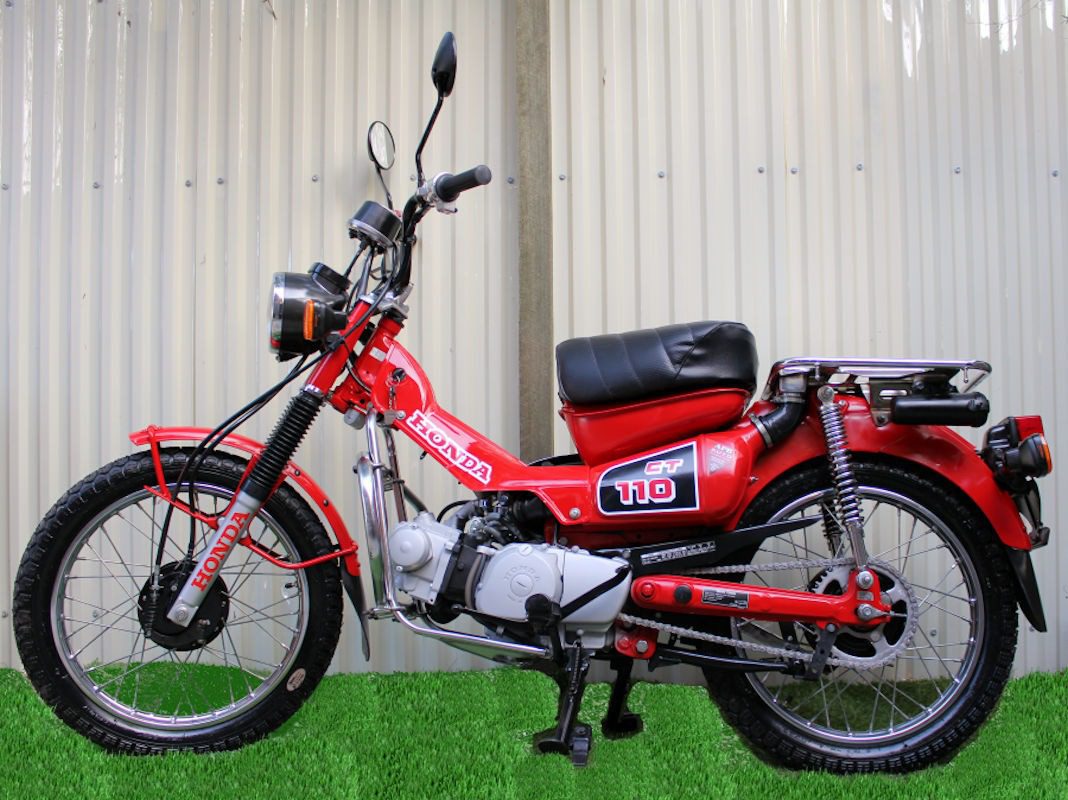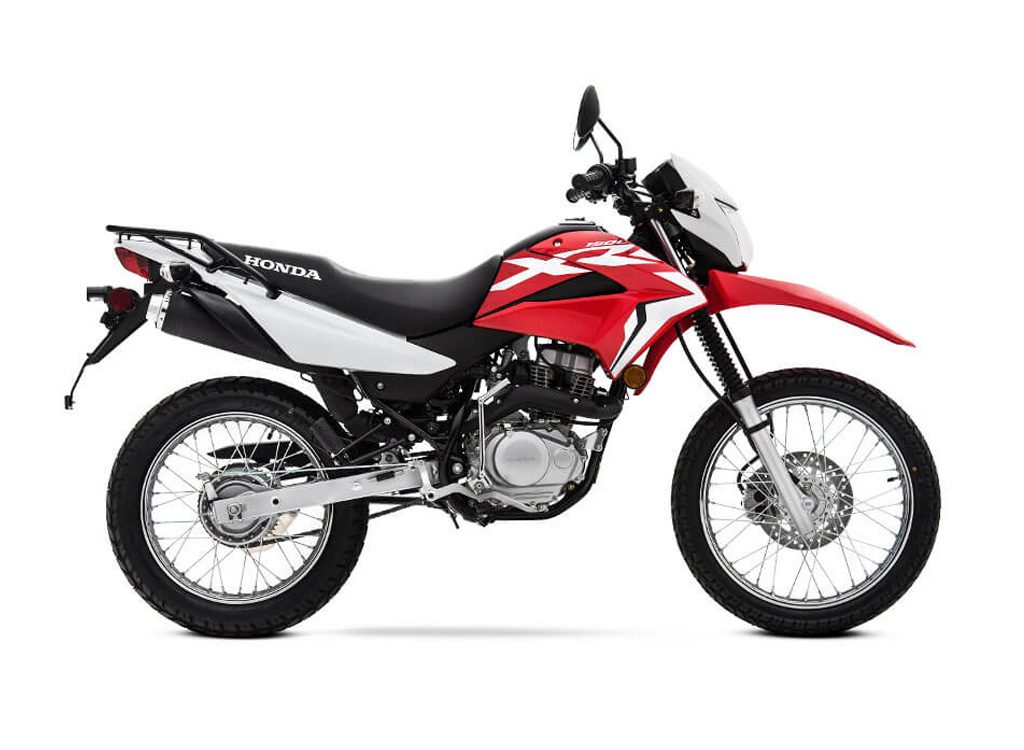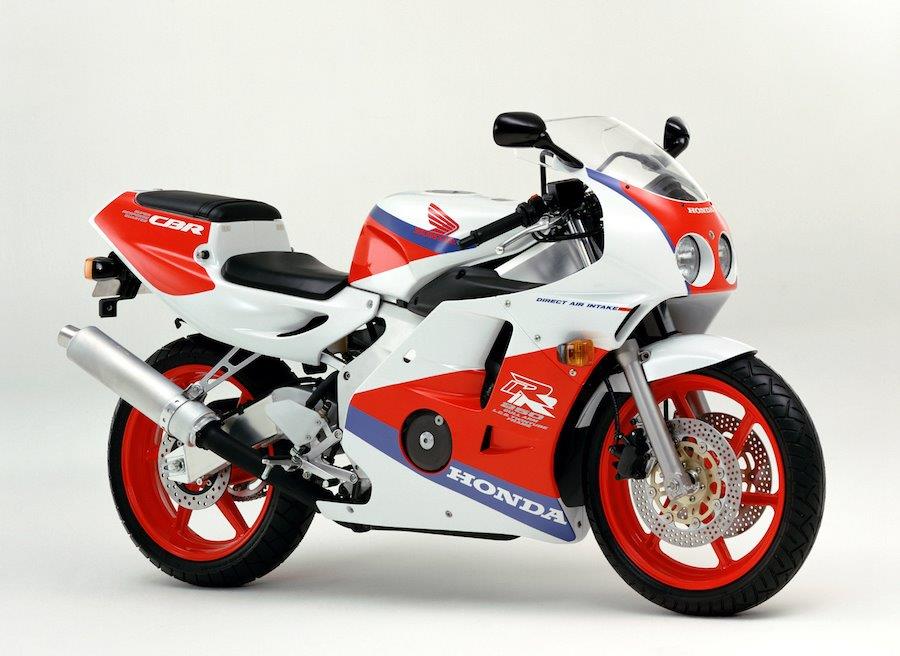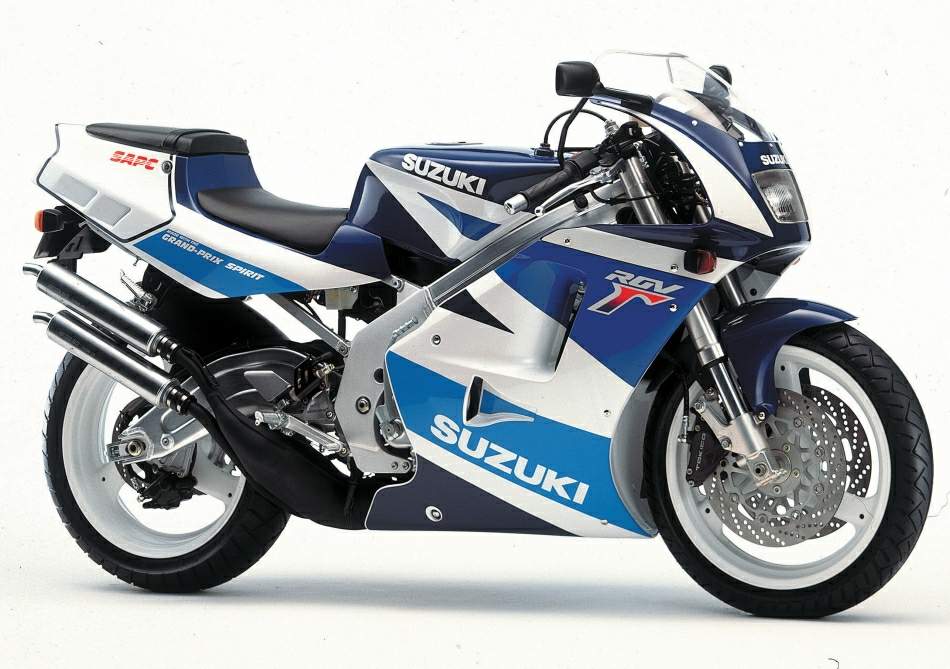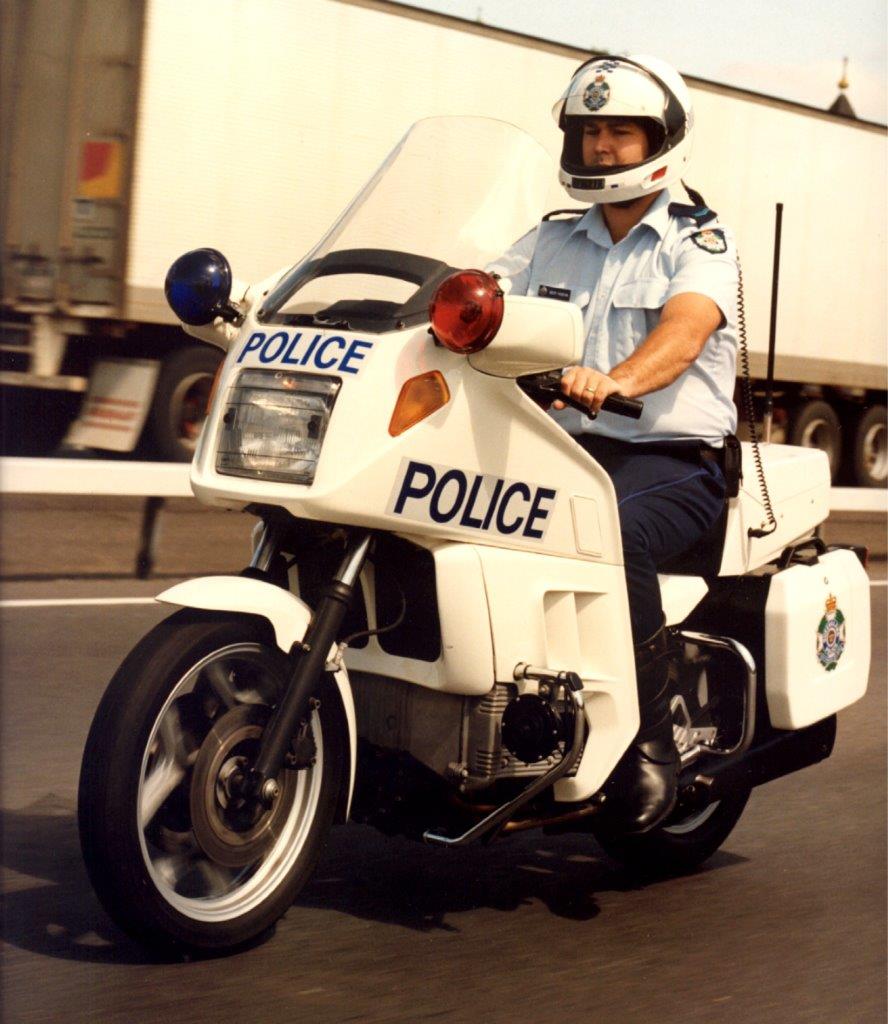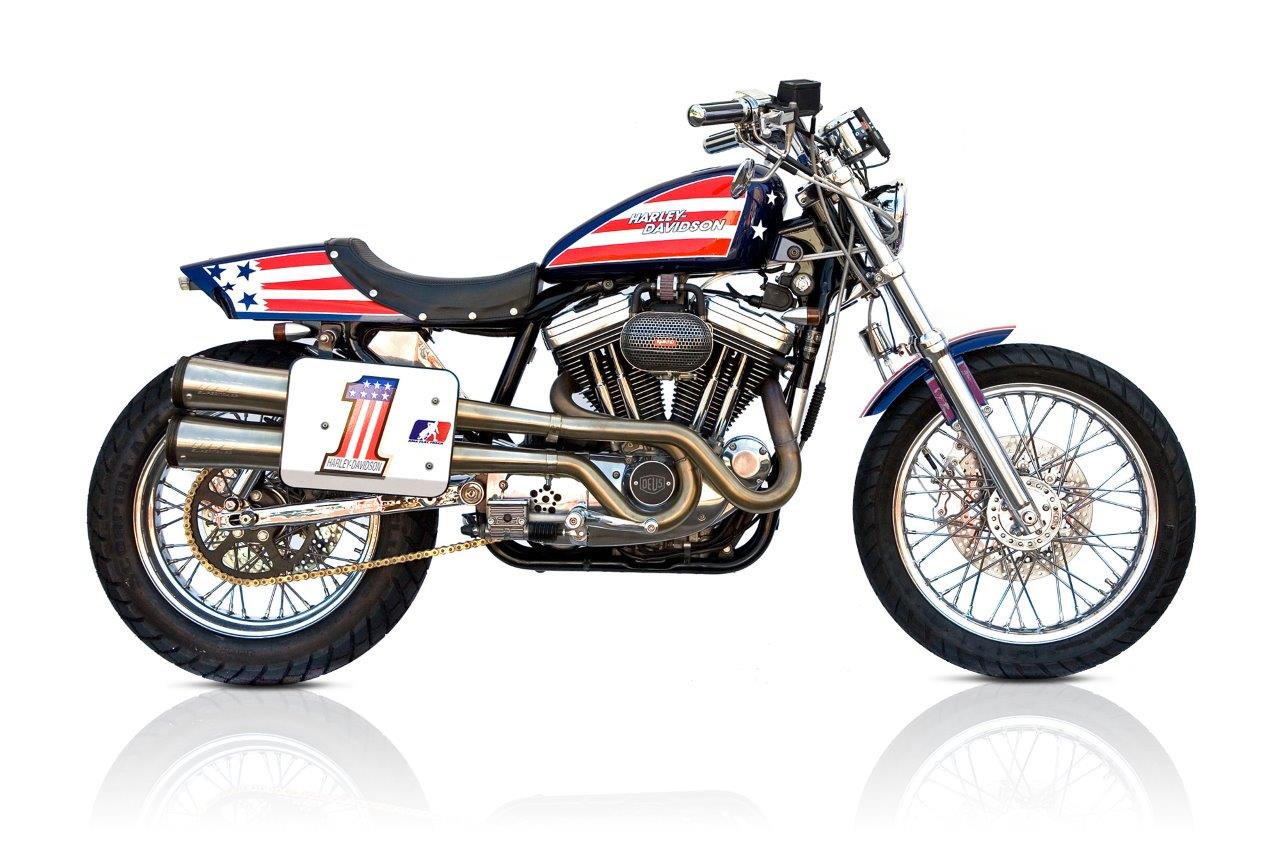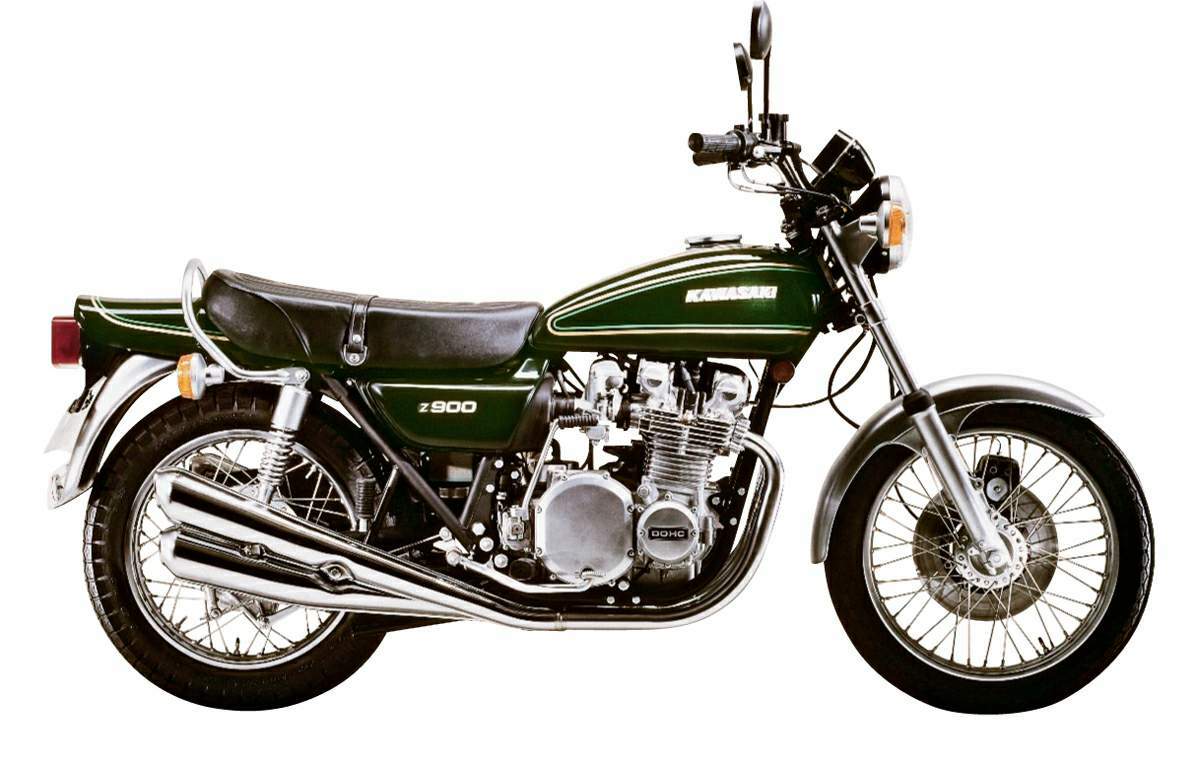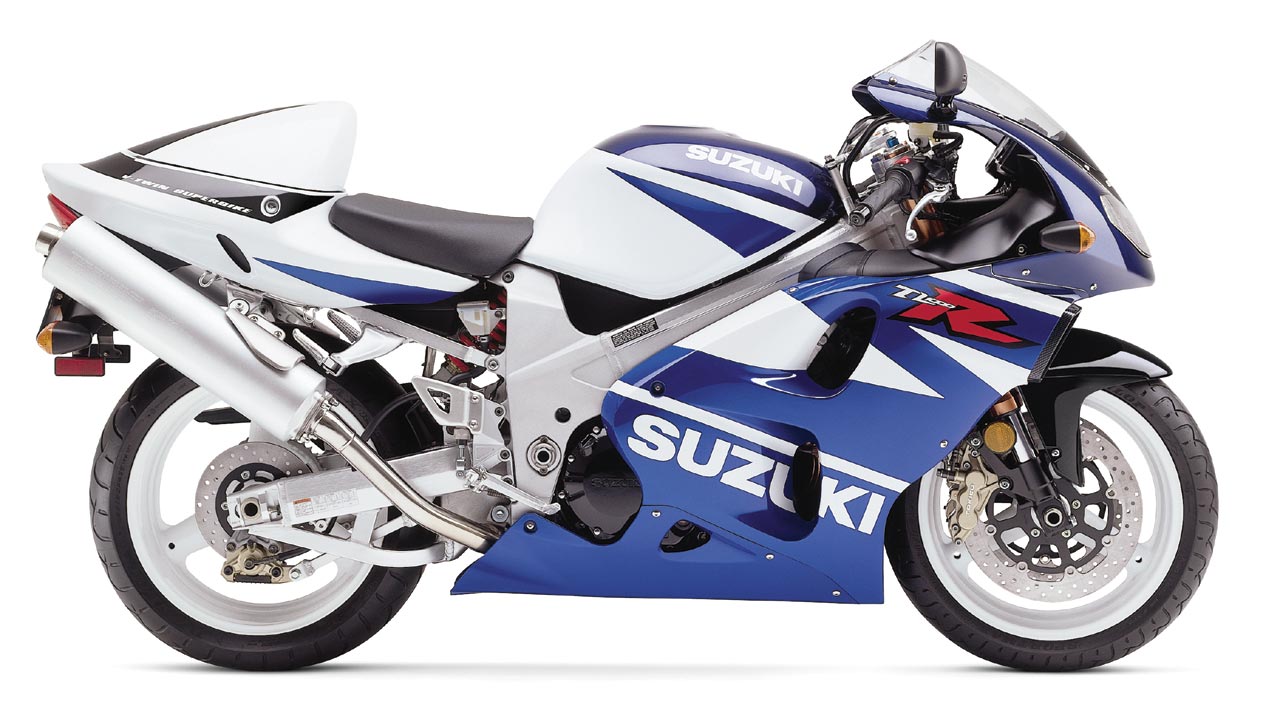According to recent sales data, Yamaha is the most popular brand overall in Oz, with Kawasaki’s Ninja 400 being the most popular road model sold, and BMW’s S1000RR as the most popular sportbike. While there’s no shortage of data on new motorcycles being sold, it’s too early to tell whether these models will turn into icons in the future. But what iconic bikes can be found on Australian roads?
In short: almost all of the world’s most iconic motorcycles can be found on Australian roads. However, there are a few bikes out there that have really made an impact and helped define the country’s riding culture.
If you’re expecting a list of standout models that really changed the face of Australian motorcycling in the same way that the Honda Cub brought economical mobility to Post-war Japan, or how the Harley-Davidson Knucklehead gave birth to America’s fascinating custom and chopper culture, then you may be disappointed. However, we’ve put together a list of iconic motorcycles that have left a lasting impression on the nation’s riding population.
So, without further ado, let’s see what we’ve come up with.
The Honda CT110 “Postie Bike”
Photo Credit: APB Auto
For many Australians, the CT110 (or its predecessor, the CT90) was a part of everyday life. These little runners were small-capacity Honda “dual-sport” motorcycles that featured a step-through tube frame, a semi-automatic four-speed gearbox, and a gentle but capable 105cc four-stroke engine. And why were they a part of everyday life? Because they were used by the Australia Post.
Brave letter-carriers would deliver the mail, rain or shine, on these small and nimble machines. The CT110 was light enough to efficiently navigate the streets and had just enough power to make the routine not-entirely miserable. Great fun in the summer, not so much fun in the cold and wet.
The CT90 model started delivering the mail in 1971, but it was replaced by the CT110 in 1980. For almost 30 years, the only way you could ride the CT110 in Australia was by working for Australia Post, or by buying a second-hand model from them. Honda only began selling road-registerable models for the Australian-market from 2009 onward.
In 2013, the Postie Bike began to be replaced by the Honda Super Cub. For many, this was a shame. However, Honda obviously noticed the public reaction, because an all-new CT125 was released in 2020, mixing Honda’s Postie-heritage with modern technology, for a nostalgia-fuelled ride down memory lane.
The Honda XR-series
While we’re on the subject of Aussie icons, the Honda XR—in any guise—has to be included on this list. For many riders, the XR was the gateway vehicle. It wasn’t just a “first motorbike” for a lot of riders. It was an important piece of essential farming equipment too. Honda has been providing ag bikes to Australian farmers for generations now, but while the XL-series was great, the arrival of the first XR in 1979 game-changing.
The XR500 rolled onto the scene in 1979, paving the way for an XR-boom in the 1980s. You could get an XR in a wide range of displacements, and each one would prove itself to be a capable and comfortable off-road machine with a responsive engine, plush suspension, and Honda’s trademark unkillable nature.
Today, the XR is still an important part of Honda’s off-road and ag-focused line-up in Australia. The current Honda XR150L and XR190 AG-XR models are durable machines that can go anywhere, tackle anything, and do so in an easy and reliable manner. For years, the XR has been one of the most formidable workhorses in Australian stables.
You might not necessarily find them on Australian roads but they’ve gone down in Aussie lore nonetheless, along with the “Big Red” quads and other legendary Australian ag-machinery.
The Honda CBR250RR MC22
Photo Credit: amcn.com.au
The 80s might have launched an XR boom, but in the 90s the CBR250RR MC22 was the only bike worth having if you were a young and impressionable youth. Introduced in 1990, the CBR250RR was the must-have small-capacity motorcycle of the decade. It was a fully-faired sportbike that featured a serious, but small, high-revving four-cylinder engine. It produced about 40 horses. How good’s that?
While the engine packed a serious punch for such a small machine, the rest of the package was also incredibly appealing. It featured a twin-spar alloy frame, a sophisticated gullwing swing arm, floating disc brakes, and more. The CBR250RR MC22 looked the part too: with aggressive fairings, tidy mirrors, and genuine Fireblade styling. It’s not hard to see why it became such a popular and legendary machine in Australia.
But wait! There’s more. Arguably, the most important feature of the CBR250RR MC22 was the fact that it was LAMS-approved. If you need learner-approved thrills but in a four-stroke package, this was the weapon of choice. It helped launch the riding careers of thousands of Aussie riders.
The Suzuki RGV 250
Photo Credit: motorcyclespecs.co.za
At the same time as the above-mentioned Honda, there was another icon-in-the-making on the market: the Suzuki RGV 250. This race-replica sport machine featured a potent 250cc two-stroke parallel-twin engine that made a serious amount of power—to the tune of up to 70 horsepower in unrestricted form, depending on the model type—mated to a rocksteady six-speed manual gearbox, in a lightweight alloy beam frame and racing fairings.
For a production bike, it offered a real racing experience to mere mortals. With an average output of around 62 horsepower and a low weight of around 309 lbs (dry), the RGV 250 could reach speeds of around 130 mph, and accelerate from 0 to 60 mph in approximately 3.7 seconds. Those figures are for a standard model, and not for one in race trim. Which is crazy.
Aside from being exceptionally fast, what makes it an icon? Well, apart from the seriously favorable reviews from riders, it’s also a bit of a two-for-one. Not only was the RVG 250 a success in its own right, but Suzuki also supplied the engines to Aprilia to power their immensely popular RS250 models—after some modifications. Without the RGV, legendary riders such as Troy Corser may not have turned into the racing heroes that they are today.
BMW K 100 RT TIC Police Motorcycles
Photo Credit: Queensland Police Newsletter
Well, you won’t find many on the roads nowadays, but there are plenty of collectors who go wild for these ex-police bikes. These stunning motorcycles captured the imaginations of many a young rider-in-training during the mid-to-late-80s. They were futuristic, wrapped in thoroughly modern plastics, and laden with switches and buttons. And of course, they had flashing lights and sirens too. If you were a kid growing up in Australia in 1985, the K 100 RT police bike was the stuff of dreams.
The Flying Brick family came in a range of flavors back in the day, but only the ones with the TIC designation were actually purpose-built for the authorities. They weren’t just police bikes either, and they were used as Ambulance, Fire, and Military machines too. While they were almost identical to the regular R 100 RT—with a 987cc, 90 horsepower, longitudinal straight-four engine—the TIC model featured a special alternator and wiring to power a range of service-related utilities.
And that’s why they’re such popular collector vehicles today. They’ve got the performance, they’ve got the heritage, they’ve got flashing lights, and they look like a big version of a kid’s toy.
Harley Davidson XL Sportster
Photo Credit: deuscustoms.com
Harley’s are popular all over the world, and of course, they’re very popular in Australia too. But we’re not really talking about regular Harley-Davidsons. Instead, we’re talking about custom Harley-Davidsons. The custom culture is massive in Australia, and the country is home to some of the most recognizable custom shops. Deus being the most obvious one. You don’t have to travel far to see a custom Harley on the roads here.
While you can chop and customize any motorcycle the XL Sportster is one of the most versatile models on the market. And they do get chopped. In fact, American-style choppers are very popular in Australia, and the country is no stranger to biker culture. Biker gangs such as the Comancheros and Bandidos exist, and while the crime and violence isn’t something to celebrate or aspire to, having a chopper of your own is.
The XL range might not be as iconic as the old EL series but they are a lot easier to find, far cheaper, and much easier to take an angle grinder to without feeling guilty about it.
Kawasaki Z1 900
Photo Credit: www.motorcyclespecs.co.za
While we’re in biker gang territory, let’s talk about the Kawasaki Z1 (900). This motorcycle is an icon in every serious motorcycle country, but it holds a special place in the hearts of Australian riders and film buffs. While custom Harleys might be at the heart of American motorcycle cinema culture, the Kawasaki Z1 is a significant model for the Australian equivalent.
Stone is an iconic Australian outlaw biker film that was released in 1974. It was a low-budget movie that became the country’s best-known motorcycle film. It follows the story of a detective who goes on an undercover mission infiltrating a notorious biker gang. It became a cult classic and has received critical acclaim from the likes of Quentin Tarantino and other prominent figures.
While the acting was great and the locations were picturesque, the real star of the show was the gorgeous 1973 Kawasaki Z1. Featuring a stunning 903 cc inline-four engine with 81 horsepower, 54.2 lb-ft of torque, and a top speed of around 132 mph, the Kawasaki performed as good as it looked. These days, you’ll still see the occasional Z1 out and about, and you know that whoever is riding it is having one hell of a good time.
Suzuki TL1000R
Photo Credit: AutoEvolution
In late 90s Australia, if you were a serious sports rider, the TL1000R was the bike to have. Big V-twins were all the rage. There was the Ducati 900SS, the Honda VTR1000F, and Suzuki’s TL1000S. But Suzuki wanted to go a step further. So, they dropped the “S” and replaced it with an “R” and treated it to some serious sports-focused upgrades. It boasted a full racing fairing, a new beam-type frame, a revised swingarm, a steering damper as standard, and a boatload of new engine mods.
The engine was a 996 cc, 4-stroke, V-twin, liquid-cooled, DOHC, 8-valve unit, and boasted revised mappings, new cams, and twin-injectors. This gave it around 135 horsepower and 78 lb-ft of torque. This was a fair jump over the “S” version’s 125 horses. Despite all of this, the TL1000R dream came to an end, as Suzuki’s racing department focused on the development of the GSX-R750 instead. With no racing prospects, the TL1000R was dropped in 2003 after only being introduced in 1998.
Curiously, the TL1000R was actually launched in Australia, but it never really made a big splash. However, the engine was strong and reliable, and there’s no denying the quality of the motorcycle, and that’s why they’re actually quite sought after these days, and they often wind up as track day machinery for discerning racers. Calling one “iconic” might be a bit of a stretch, but when I asked around for real iconic bikes found on Australian roads, it was a regular model that popped up.


